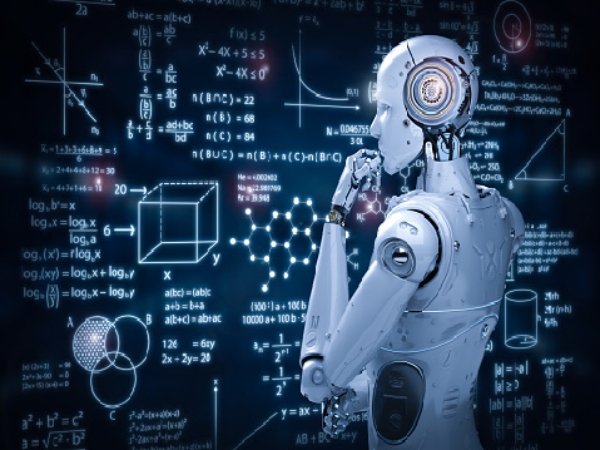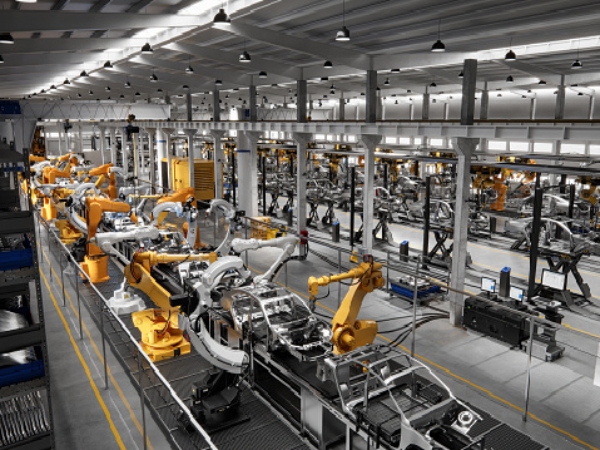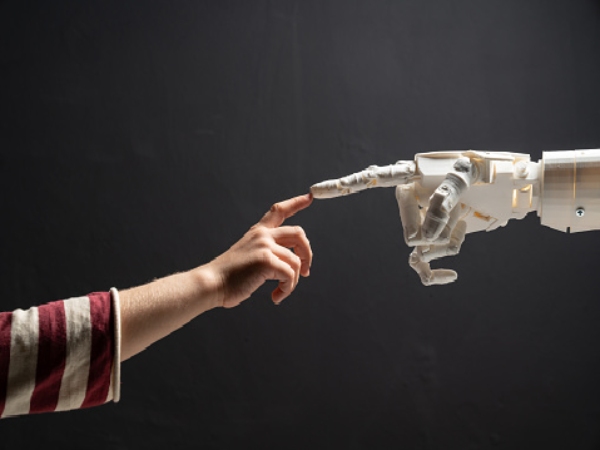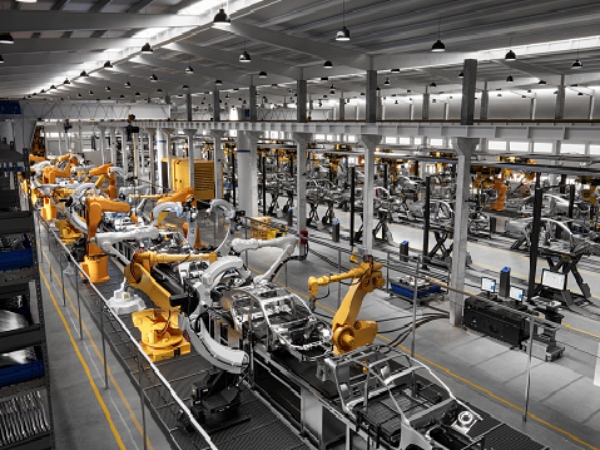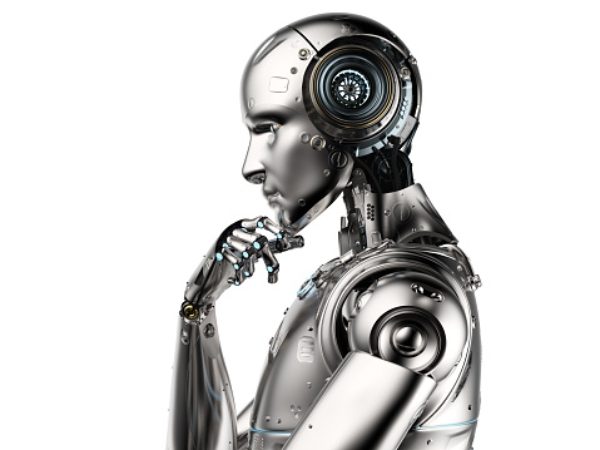CPU, temperature, memory, and disk usage
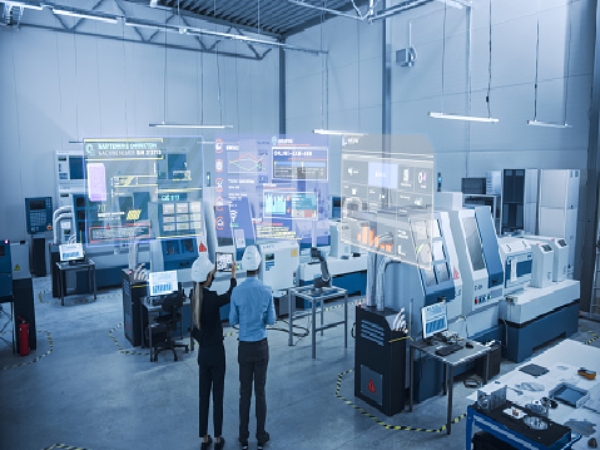
Because software must be able to swap usage between applications, CPU, memory, and disk usage should never be close to 100 percent. Here you can see in what way the green CPU usage suddenly drops and then goes up again. If there are large fluctuations in CPU usage, you need to check to identify the processes that are triggering them and if they can cause a perfect storm above 100% processing capacity. SUGGESTIONS ON BEST PRACTICES: • Total CPU <80% - Processes will grow to 100% for short periods of time, so keep your average CPU usage low enough to be efficient. • Total Reminiscence <70% - Similar to CPU usage, all programs will need swap space and the ability to allocate additional chunks of memory. • Total Disk <75% - SSDs are so cheap now that you shouldn't be going anywhere. If the disk reaches 95%, you should disable the robot's ability to move or interact, as processes can arbitrarily start to die for no reason due to file I / O failures. • Proce...

